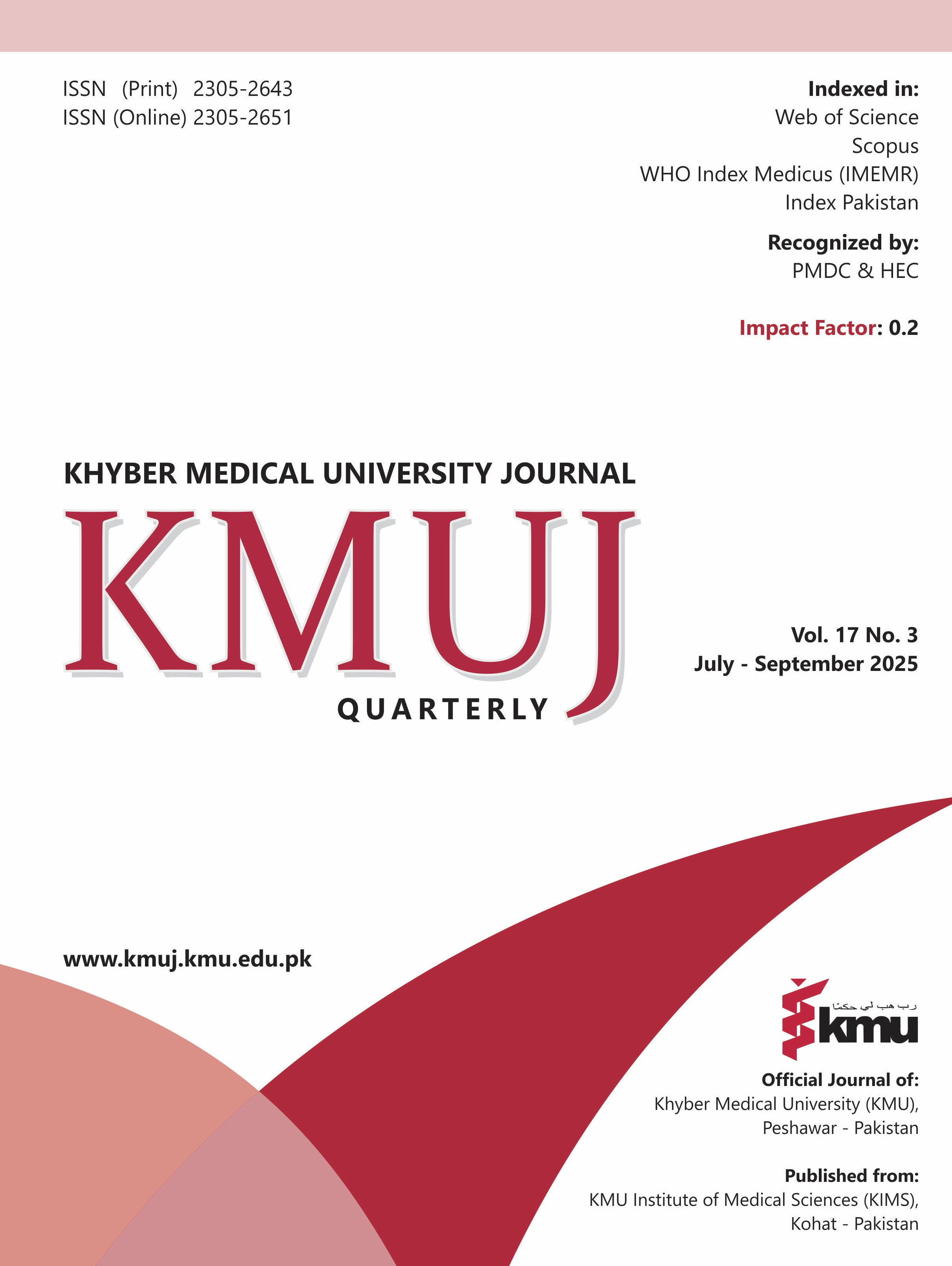Bacteriophages: a new weapon against antibiotic resistance
Main Article Content
Abstract
The emergence of antimicrobial resistance (AMR) poses one of the most significant threats to global public health, with projections indicating 10 million annual deaths by 2050 if left unchecked. As traditional antibiotics lose efficacy against resistant bacterial strains, bacteriophages—nature's bacteria-killing viruses—offer a promising alternative therapeutic approach. This review examines the potential of phage therapy in combating antibiotic-resistant infections, highlighting key advantages including high specificity, minimal disruption to beneficial microbiota, self-replication at infection sites, and co-evolutionary potential with bacterial targets. Recent clinical successes, including the landmark treatment of multidrug-resistant Acinetobacter baumannii infection, demonstrate the therapeutic viability of personalized phage cocktails. However, significant challenges remain, including regulatory frameworks, manufacturing complexities, and limited host range specificity. Future directions encompass engineered phages, combination therapies, prophylactic applications, and phage-derived lysins. While not a panacea, bacteriophage therapy represents a crucial tool in our evolving antimicrobial arsenal, offering hope in the post-antibiotic era through innovative approaches to bacterial infection management.
Article Details

This work is licensed under a Creative Commons Attribution 4.0 International License.
Work published in KMUJ is licensed under a
Creative Commons Attribution 4.0 License
Authors are permitted and encouraged to post their work online (e.g., in institutional repositories or on their website) prior to and during the submission process, as it can lead to productive exchanges, as well as earlier and greater citation of published work.
(e.g., in institutional repositories or on their website) prior to and during the submission process, as it can lead to productive exchanges, as well as earlier and greater citation of published work.
References
1. World Health Organization. Antibiotic resistance [Internet]. Geneva: WHO; 2020 [Accessed on: October 10, 2023]. Available from URL: https://www.who.int/news-room/fact-sheets/detail/antibiotic-resistance
2. Antimicrobial Resistance Collaborators. Global burden of bacterial antimicrobial resistance in 2019: a systematic analysis. Lancet 2022;399(10325):629-55. https://doi.org/10.1016/S0140-6736(21)02724-0
3. Sulakvelidze A, Alavidze Z, Morris JG Jr. Bacteriophage therapy. Antimicrob Agent Chemother 2001;45(3):649-59. https://doi.org/10.1128/AAC.45.3.649-659.2001
4. Schooley RT, Biswas B, Gill JJ, Hernandez-Morales A, Lancaster J, Lessor L, et al. Development and use of personalized bacteriophage-based therapeutic cocktails to treat a patient with a disseminated resistant acinetobacter baumannii infection. Antimicrob Agent Chemother 2017;61(10):e00954-17. https://doi.org/10.1128/AAC.00954-17
5. Kilcher S, Loessner MJ. Engineering bacteriophages as versatile biologics. Trends Microbiol 2019;27(4):355-67. https://doi.org/10.1016/j.tim.2018.09.006
6. Fischetti VA. Development of phage lysins as novel therapeutics: a historical perspective. Viruses 2018;10(6):310. https://doi.org/10.3390/v10060310
7. Torres-Barceló C, Hochberg ME. Evolutionary rationale for phages as complements of antibiotics. Trends Microbiol 2016;24(4):249-56. https://doi.org/10.1016/j.tim.2015.12.011
